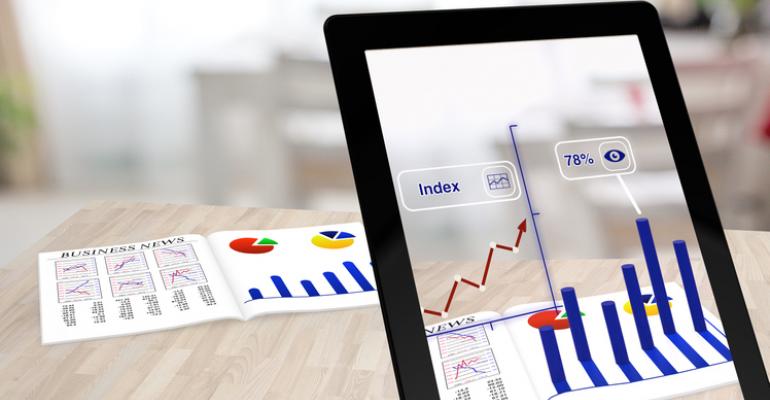There’s no doubt that immersive technologies can be a fun addition to business events, and the Covid pandemic will surely bring changes to show-floor experiences once exhibitions start happening again. However, removing too much personal interaction from the show environment is not beneficial; it defeats the purpose of being in person.
Balancing technology and the personal touch at meetings and trade shows has become central to the work that John Kaplan does for clients who are exhibitors or event hosts. The group creative director for digital marketing agency Centerline Digital points out that “ninety percent of the people who come to me and say ‘We really want to use virtual reality at our next show’ have not thought through the message they want to communicate and the actual impression they want to generate,” he says, “They just see a flashy technology that captures people’s attention in the moment, and they think it will make their brand look like it’s on the cutting edge.”
On the other hand, he finds that augmented reality is actually the more practical tool for both exhibitors and event managers. MeetingsNet asked Kaplan a few questions about both technologies to give planners and exhibitors a better perspective on potential uses.
MeetingsNet: What do you say to clients who exhibit at events when they are itching to use virtual reality in their booths?
John Kaplan: Unless you work for a company whose products are too large to bring to the trade-show floor, VR isn’t the best medium for the in-person experience. Many exhibitors make a decision to use VR and then force-fit their content to the format, rather than having something to communicate or demonstrate that VR can really drive home.
Also, even with major advancements in the portability of VR, the headset is still cumbersome to fit properly in just a few seconds. [Also, in the era of Covid, a headset would have to be cleaned after each use.] And once it’s on, most people don’t know the user-experience motions to navigate, so you have to teach them how to use it on the spot. All of this takes time away from your booth staff to interact with that attendee and with other attendees. And for the attendee, putting funky gear on your head and making unnatural motions in the middle of a show floor doesn’t create a comforting space to become fully immersed anyway.

MeetingsNet: Why would augmented reality better serve exhibitors?
Kaplan: With so much technology in our daily lives—touch screens everywhere, a web-connected voice assistant in your home, even smart lighting—some of the experiences that resonate most strongly these days have physical and tactile elements, even if technology is being used. Combining physical and digital experiences can generate surprise and wonder within a personalized interaction, and that’s exactly what you can do with AR. However, executing it well requires the proper focus on messaging plus booth-staff training to engage people the right way as they are using the technology.
With AR, attendees encounter the physical product in the booth, but then view it through an AR app on a device screen to see additional layers of information. Using AR, people can interact with the product to drill down on the features that interest them, and the booth staff can provide perspective and answer questions. Even printed takeaway materials can have AR elements embedded in them to jazz them up with supplemental information, plus a QR code that sends attendees to a landing page for a product demo they can watch at their convenience.
Exhibitors could supply their own tablets or other devices so booth visitors don’t have to download a dedicated AR app to their device at that moment [in the Covid era, this option might be less attractive.] Or an exhibitor could create its AR functionality to work with the AR tool that's embedded in the event app attendees downloaded for the show.
MeetingsNet: That’s interesting—what benefits can come from a show organizer providing AR functionality within the event app?
Kaplan: AR companies do make it easy to put that functionality into an event app by offering organizers a software development kit, and then the host can deepen attendees’ on-site experience in ways that go beyond the show booths. For instance, you can enhance signage to deliver much more information. When attendees look at a sign through their phones, it can become an animated banner with additional details or options, such as putting that session in your event schedule with one tap. And as attendees go around the exhibition hall and prefunction areas, they can “see” more of the exhibit layout by looking through their screens; featured exhibitors can have digital arrows that appear on attendees’ screens from above the show floor so that a booth can be easily located even if it’s out of sight.
MeetingsNet: Are there revenue opportunities for event organizers who use AR?
Kaplan: Besides the attendee benefits that come from using AR as they go around the show, there can be financial benefits for the event host. The entire AR function can be sponsored by one or two companies and their logos can appear in the corner of the screen, or specific areas and signage across the event space can be sponsored so that a logo appears when attendees look through their screens. Enhanced photo opportunities are possible too, because snapping a photo captures the AR elements on the screen at that moment.





